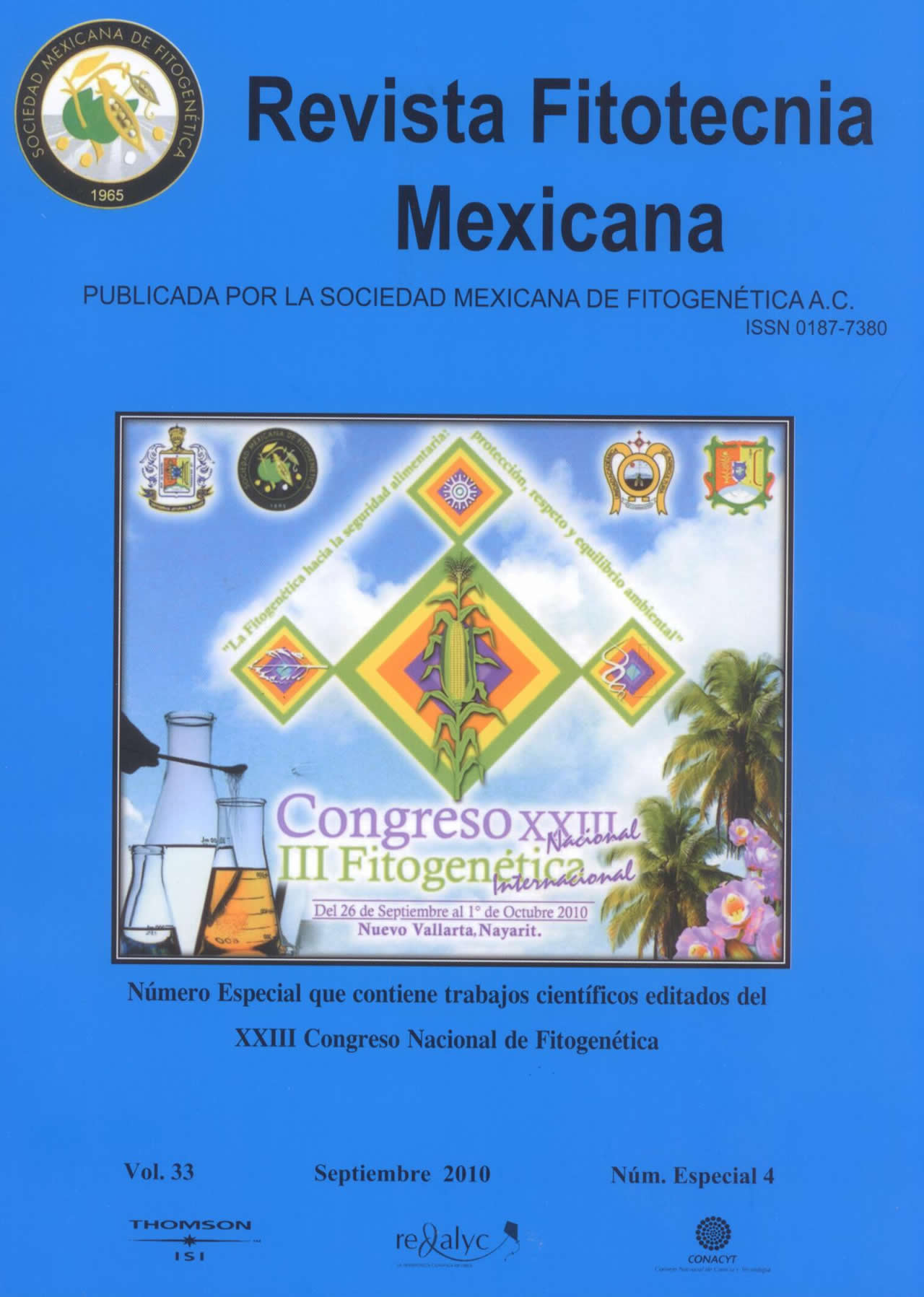MORPHOLOGICAL BASIS OF HOW THE SEXUAL DIMORPHISM COULD HAVE BEEN ORIGINATED IN BUFFALOGRASS
Main Article Content
Abstract
Sexual dimorphism is characteristic of Buffalograss [Buchloe dactyloides (Nutt.) Engelm. Syn. Bouteloua dactyloides Columbus], a dioecious species native to North America which potentially could be used as turfgrass in México. Its inflorescences are so different that at first female and male plants were classified as different species. In this study we describe the morphological changes that a putative ancestral hermaphrodite inflorescence might have undergone to give rise to the sexual dimorphism present today in B. dactyloides. This descriptive study was conducted to establish the differences in floral morphology within the same inflorescence and between inflorescences of two trimonoecious interploidal hybrids and their dioecious parents. Based on these morphological evidences, we thereby postulate the events that might have happened for giving rise to the sexual dimorphism. To change into the current female inflorescence, the ancestral hermaphrodite inflorescence had to undergo the following changes: reduction of the number of spikelets per spicate branch; reduction of the space between these ramifications; elongation of the second glume to enclose the floret; extension of the central and two side veins to form the three toothed apexes that crown the bur; appearance of pubescence in the second glume; reduction of the first glume and widening of the second glume to fully wrap the floret; male sterilization of hermaphrodite flower; and glume induration. Male inflorescence however did not undergo major changes, because morphologically it is very similar to inflorescences of related hermaphroditic species in genus Bouteloua.

